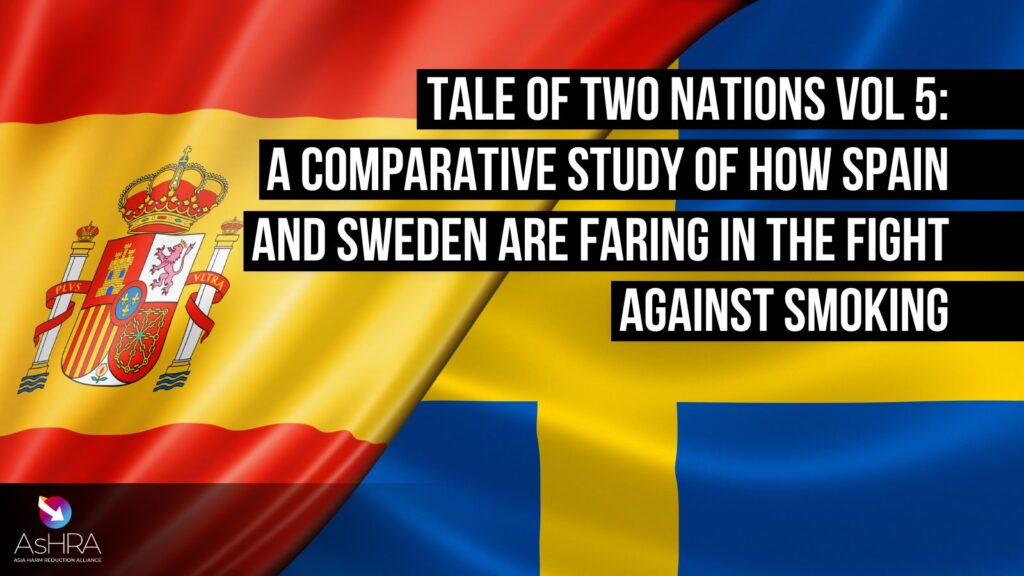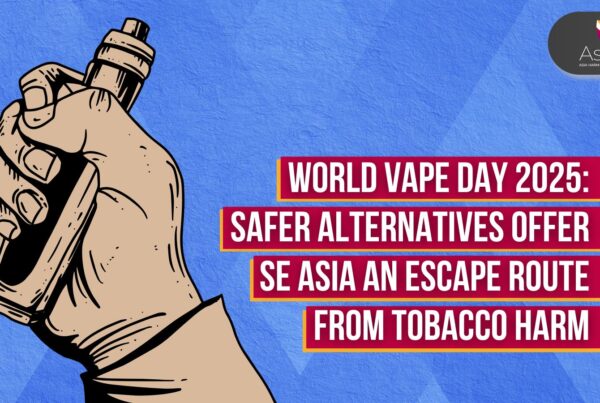The need for better data gathering practices on Tobacco Smoking Rates across the world.
Many countries, often particularly low- and middle-income nations, struggle with a significant lack of reliable and up-to-date data on tobacco use. This hampers efforts to combat the global tobacco epidemic effectively, as the absence of updated and robust data on tobacco smoking rates poses significant challenges to public health research, policy-making, and the adoption of harm reduction strategies. It also helps us understand the scale of tobacco use, identify trends, and formulate effective interventions.
Reliable Data: Factors and Consequences
The reliability of smoking data is often compromised due to various factors, including inconsistent data collection methods, underreporting, and the varying definitions of smoking prevalence used across different studies. In some regions, political and economic instability further complicates accurate data collection. Countries facing conflicts or economic crises may prioritise other immediate issues over systematic data collection on smoking, resulting in outdated or incomplete data sets.

Without reliable data, researchers and policymakers struggle to understand the true extent of tobacco use and its impact on public health. This gap in knowledge affects the ability to track progress, assess the effectiveness of existing policies, and identify areas needing improvement.
Inconsistent or outdated data can lead to misinformed decisions, potentially directing resources away from the most effective strategies.
Harm Reduction Alternatives: A Missed Opportunity
The lack of accurate smoking prevalence data directly impacts the research on and adoption of harm reduction alternatives, such as e-cigarettes, nicotine pouches, and smokeless tobacco. These alternatives have shown potential in reducing the health risks associated with traditional smoking. However, without reliable data, it becomes challenging to advocate for these products as safer options. Policymakers and public health officials need robust evidence to support harm reduction strategies and to counter misinformation about these alternatives.
The absence of such data can also lead to misguided policies that fail to address the real needs of smokers looking to reduce harm or quit smoking altogether. For example, in many countries, the adoption of harm-reduction products is hindered by the lack of clear evidence about their prevalence and effectiveness. This uncertainty often leads to regulatory hesitancy or outright bans on these products, limiting the options available for smokers to transition away from more harmful traditional cigarettes. Consequently, the potential public health benefits of harm reduction alternatives remain underutilized.
Next Steps: What Needs to Be Done
There is an urgent need for reliable and up-to-date data on smoking prevalence to combat the global tobacco epidemic effectively. This data will inform public health strategies, support harm reduction initiatives, and, ultimately, save lives. Countries must prioritize collecting and disseminating accurate tobacco use statistics, leveraging international support and resources. Addressing this issue requires concerted efforts from national governments, international organizations, and public health researchers. By bridging the data gap, the global community can make significant strides toward reducing the burden of tobacco-related diseases and promoting healthier alternatives.
Related Posts
 Time to support Filipino vape law, not relitigate it
Time to support Filipino vape law, not relitigate it
Time to support Filipino vape law, not relitigate it
 Greens’ Plan To Legalise Nicotine Vapes Lauded
Greens’ Plan To Legalise Nicotine Vapes Lauded
Greens’ Plan To Legalise Nicotine Vapes Lauded
 Taiwan Vaping Ban Disappointing For Its Many Smokers
Taiwan Vaping Ban Disappointing For Its Many Smokers
Taiwan Vaping Ban Disappointing For Its Many Smokers
More about
Alcohol Harm Reduction
More about





